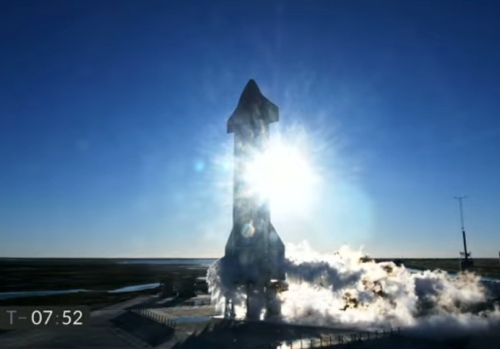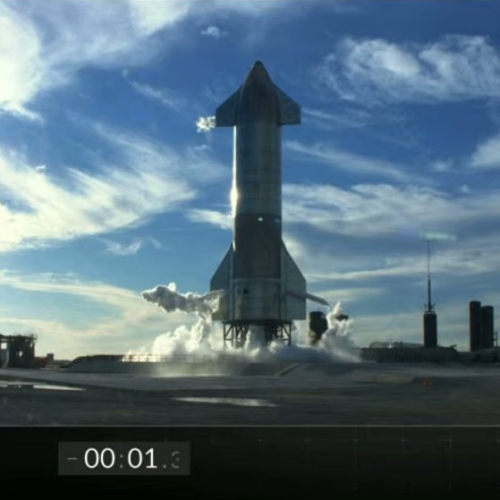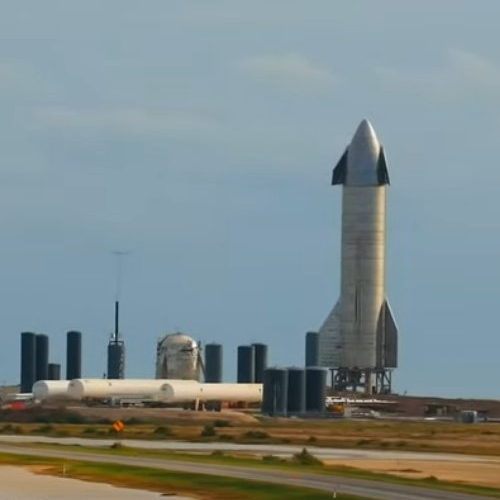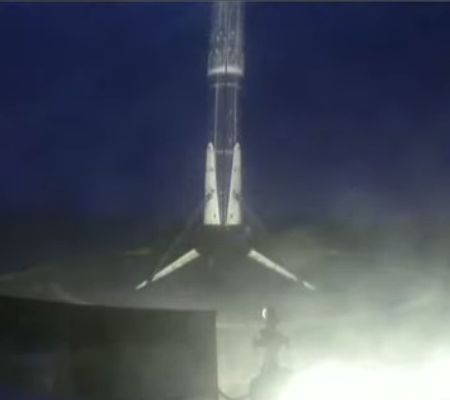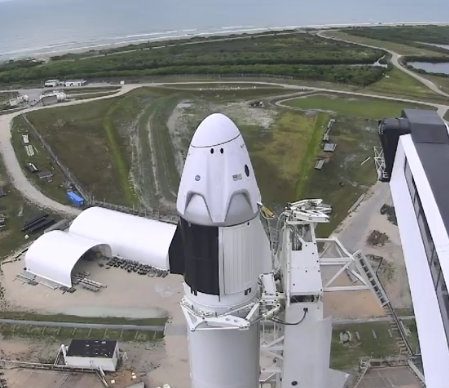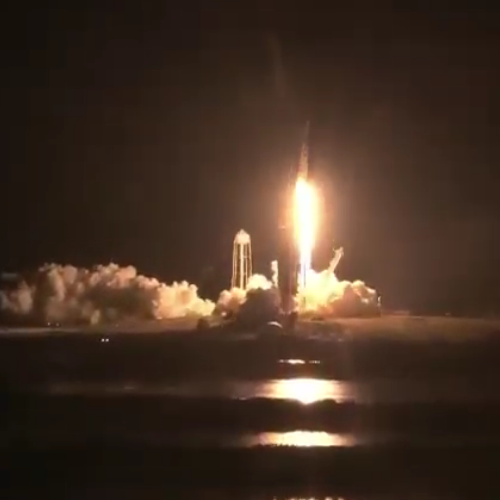SpaceX in preliminary negotiations for another big fundraising round
Capitalism in space: According to this report, SpaceX is now in preliminary negotiations with investors prior to beginning another big fundraising round, even though the company just raised $1.9 billion in private investment capital in August.
The talks are still in early phases, and exact pricing for the fundraising round has not yet been determined, one of the people said. Terms could still change, and it could take several weeks to decide and firm up allocations, the person added. SpaceX also may not be able to convince investors to give it the lofty valuation it desires. Allocations refer to which investors will be authorized to buy shares and how much they will pay for those shares.
“It’s a pretty big shock to me, honestly,” one of the people said. “What company jumps to double its valuation in six months? I don’t care at what scale you’re operating, it’s kind of crazy,” they added. “If you look at the series, every single valuation is a 10 to 20% bump.”
It appears that the company is trying to leverage its successes with Dragon, Starship, and Starlink to obtain more funding. The story also suggests that SpaceX now has a better sense of what it will cost to get Starship built, and thus is looking to obtain those funds now, when they are in a good position to get them.
Capitalism in space: According to this report, SpaceX is now in preliminary negotiations with investors prior to beginning another big fundraising round, even though the company just raised $1.9 billion in private investment capital in August.
The talks are still in early phases, and exact pricing for the fundraising round has not yet been determined, one of the people said. Terms could still change, and it could take several weeks to decide and firm up allocations, the person added. SpaceX also may not be able to convince investors to give it the lofty valuation it desires. Allocations refer to which investors will be authorized to buy shares and how much they will pay for those shares.
“It’s a pretty big shock to me, honestly,” one of the people said. “What company jumps to double its valuation in six months? I don’t care at what scale you’re operating, it’s kind of crazy,” they added. “If you look at the series, every single valuation is a 10 to 20% bump.”
It appears that the company is trying to leverage its successes with Dragon, Starship, and Starlink to obtain more funding. The story also suggests that SpaceX now has a better sense of what it will cost to get Starship built, and thus is looking to obtain those funds now, when they are in a good position to get them.


